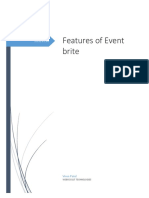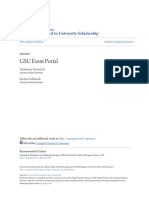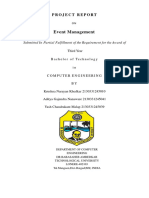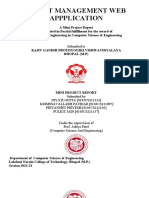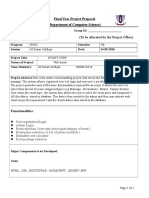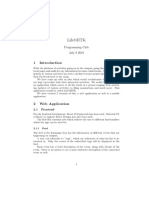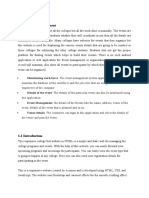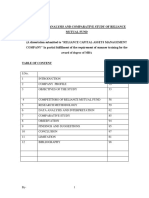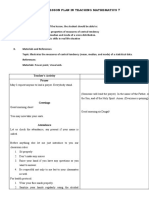0% found this document useful (0 votes)
22 views15 pagesWecode Project Report
The document is a project report for an 'Event Management System' mini-project submitted by BCA students Shreesha Ds and Aditya Shetty. It outlines the project's purpose, functionality, and structure, detailing how users can add, view, edit, and delete events using a web-based application that utilizes LocalStorage for data management. The project also includes a backend component for user registration and authentication, enhancing the overall functionality of the system.
Uploaded by
Arvind ChouhanCopyright
© © All Rights Reserved
We take content rights seriously. If you suspect this is your content, claim it here.
Available Formats
Download as PDF, TXT or read online on Scribd
0% found this document useful (0 votes)
22 views15 pagesWecode Project Report
The document is a project report for an 'Event Management System' mini-project submitted by BCA students Shreesha Ds and Aditya Shetty. It outlines the project's purpose, functionality, and structure, detailing how users can add, view, edit, and delete events using a web-based application that utilizes LocalStorage for data management. The project also includes a backend component for user registration and authentication, enhancing the overall functionality of the system.
Uploaded by
Arvind ChouhanCopyright
© © All Rights Reserved
We take content rights seriously. If you suspect this is your content, claim it here.
Available Formats
Download as PDF, TXT or read online on Scribd
/ 15












